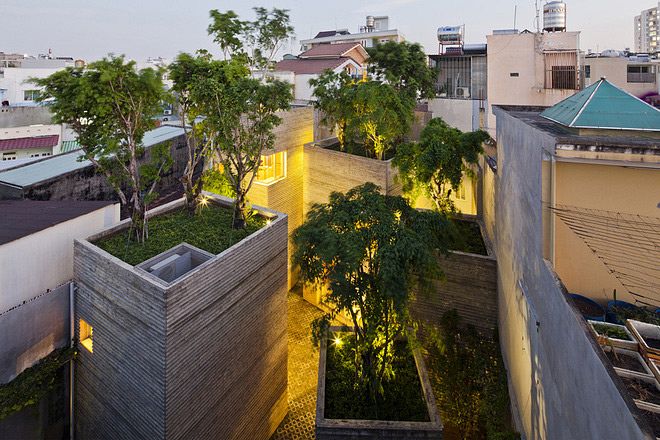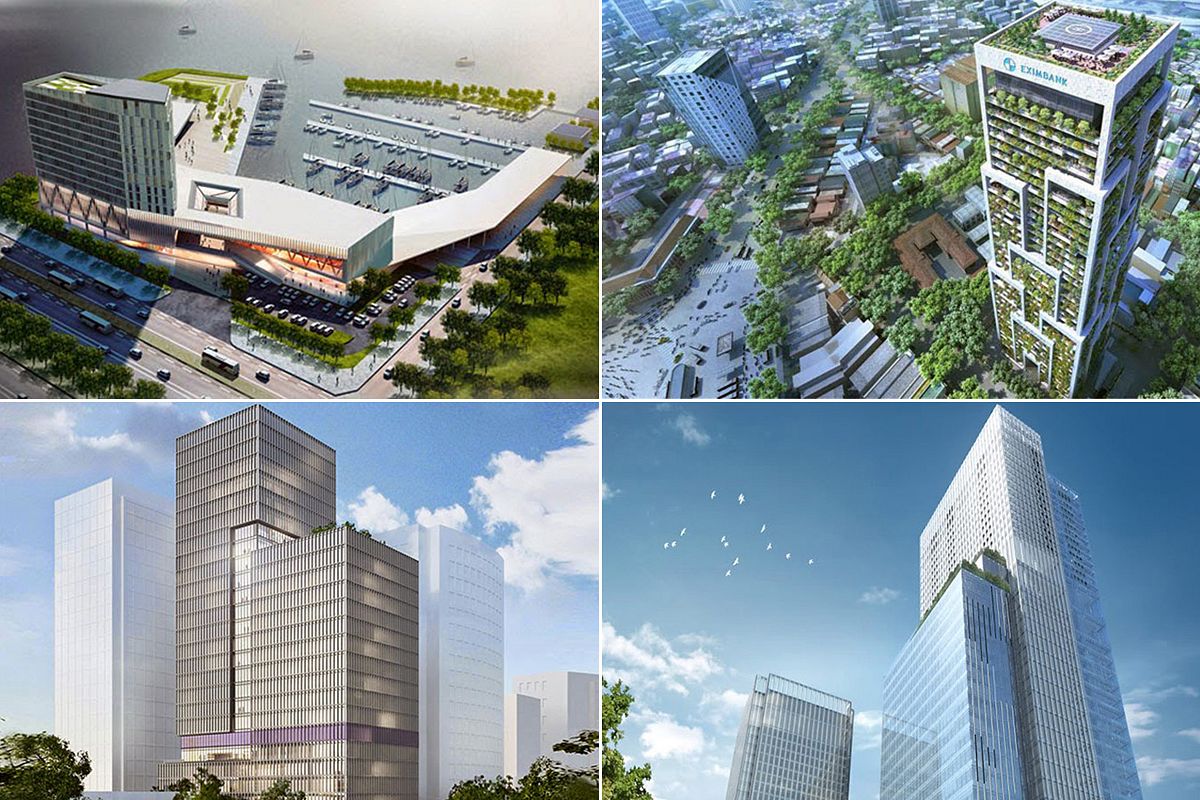You’ve likely observed groups of men fishing along the banks of Saigon’s Nhieu Loc-Thi Nghe Canal and wondered how fish could survive in its waters. Apparently it’s a bit cleaner than we may think. While the waters are still not pristine, a recent piece in Bloomberg outlined the canal's transition from smelly eyesore to public space.
After decades of degradation in the form of human waste, industrial chemicals and other charming contaminants, by 2002 the eight-kilometer canal had been reduced to a massive, open sewer. With constant flooding and a prevailing stench, the waterway was taking a toll on the health of the 1.2 million Saigon residents who live beside it.
Acknowledging this public health crisis, authorities pledged to remedy the situation. Due to challenges involving Saigon’s loose soil, one of the first recommendations was to fill in the canal with concrete. Thankfully, saner heads prevailed and it was decided that the canal should be viewed as a resource with the potential to increase quality of life and raise property values.
To this end, the city enlisted the help (and funds) of the World Bank and donor agencies from abroad to design and deliver the project.
The first five years of the project were hampered by inefficient administration, inadequate staff, slow bidding processes and shoddy construction work. Even worse, international contractors faced geological difficulties as their massive tunnel-boring machines became periodically stuck, halting work for months at a time. It once got so bad that when a foreign company’s drilling machine became stuck under the Saigon River, the firm just left it there and abandoned the project.
At this point, stories of the plethora of delays and poor management had made their way into the local press and authorities realized that something had to give. They took stock of the project’s failures and gave themselves a six-month window to turn things around.
The first step was to give full control of the project to the Department of Transportation’s management team, thereby expediting the bidding process. A local company was hired to finish the construction and did so successfully earlier this year.
In addition to the newly planted trees, gardens, benches and exercise equipment, over 200,000 fish were released into the canal, an act that would have constituted mass genocide only a few years earlier:
"In the past, I noticed that no species could live in the putrid water of Tau Hu – Ben Nghe Canal, but now my family members and neighbors have a peaceful life here, thanks to the project," one local resident told Vietnam News.
And things should only get better as a large water treatment plant will soon be completed at treat the canals still mildly polluted water.
Based on other similar projects underway or planned for Saigon, it seems as though authorities recognize the vital role open spaces play, not only in public health but on the human psyche.
We still wouldn't recommend eating the fish...














